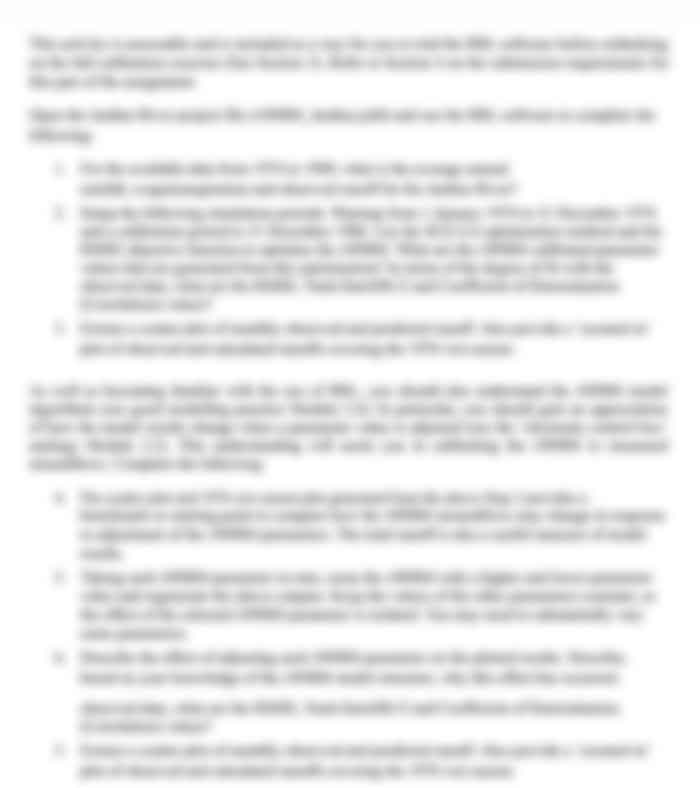BLDG1024 Construction and Property Economics
- Subject Code :
BLDG1024
Question 1 (15 Marks)
a) A Property Company has two main property types apartments and town houses. If the elasticity of apartments is 0.8, while the elasticity of town houses is 1.4. Suppose the Property Company increases the rent for both property types, explain how this would affect the total revenue of each property type? (2 Mark)
b) Assuming that the local economy of Randwick Council is largely driven by Product A and Product B. If there is an increase in the price of Product A, explain how this would affect the total revenue of Product B if:
i. Product A and Product B are substitutes (2 Marks)
ii. Product A and Product B are complements (2 Marks)
c) X and Y are the two main products of a construction company with price elasticity of demand of 0.5 and 1.2 respectively. Suppose the government is going to increase tax for both products, why would the construction company prefer the government to increase tax on Product X, rather than Product Y? (2 Marks)
d) A developer is to obtain a 5-year loan of $10,000,000 for a commercial building at North Sydney. Suppose Commonwealth Bank offers the developer an interest rate of 3.8% p.a. compounded quarterly, while Westpac offers an interest rate of 3.2% p.a. compounded monthly. Which offer should the developer accept? (2 Marks)
e) The 2022 supply and demand functions of office buildings in Randwick are expressed as follows:
Where: Qs = the quantity of office buildings supplied; Qd = the quantity of office buildings demanded; p is the median price of office buildings (000).
i. Calculate the equilibrium price and quantity of office buildings in 2022 (2 Marks)
ii. From the equilibrium situation in (i), assuming there is an increase in demand, while supply remains the same, explain the effect of this increase in demand on price and quantity. (3 Marks)
Question 2 (15 Marks)
Below are the dimensions of a 5-storey building with equal floor area and a detached carpark.
Area of the land (plan area) = 1500m2
Each floor carpet area = 100m2
The dimensions of the rectangular-shaped carpark are 15m x 6m
Overall wall area = 150m
Given that only the dimensions of one gross floor area and the carpark can be seen on the plan view, use the information to calculate:
i. Floor Area Ratio (2 Marks)
ii. Ground Space Index (2 Marks)
iii. Open Space Ratio (2 Marks)
iv. If the local council only approves a building with a coverage less than 20% in this area, will this project be approved? (3 Marks)
v. Suppose the plan area is reduced to 1200m2 , explain how this change would affect the floor area ratio and the ground space index (2 Marks)
vi. State 4 design factors and explain how each factor would affect this building cost. (4 Marks)
Question 3 (15 Marks)
Assuming there are 3 locations at a construction site denoted as L1, L2, and L3 and there are 3 facilities denoted as F1, F2, and F3 to be placed in each location. The distance matrix and the travel frequency matrix are given below. Assuming also that the cost of travel per metre is $0.9
The 3 facilities are given as follows:
F1 is a Steel reo yard
F2 is a Formwork yard
F3 is an Equipment assembly yard
Distance Matrix
Travel Frequency Matrix
The Construction Planner A for this project has chosen a site layout plan as follows:
F1 allocated to L1
F2 allocated to L2
F3 allocated to L3
Suppose another Construction Planner B for this project has chosen a site layout plan as follows:
F1 allocated to L2
F2 allocated to L3
F3 allocated to L1
i) Compute the total travel cost associated with the site layout plan chosen by Construction Planner A. (5 Marks)
ii) Is the site layout chosen by Construction Planner B cheaper than the one chosen by Construction Planner A? (5 Marks)
iii) Discuss 5 site factors to be considered when planning a construction site. (5 Marks)
Question 4 (15 Marks)
A given project has these two alternatives:
Alternative A:
Build a coal-powered generating facility at a cost of $20,000,000. Annual operating and maintenance costs are $180,000 per year. Annual power sales are expected to be $950,000 per year. The new plant is expected to attract new industry, worth $450,000 per year, to the region.
Alternative B:
Build a hydroelectric generating facility at a capital cost of $30,000,000. Operating costs are $100,000 per year. Annual benefits of this alternative are as follows:
Power sales: $800,000
Flood control savings: $400,000
Irrigation: $250,000
Ability to attract new industry: $250,000
The useful life of both alternatives is 30 years and the prevailing discount rate is 3.5%.
i) What is the Benefit-Cost ratio of Alternative A? (5 Marks)
ii) Using Benefit-Cost Ratio, is Alternative B preferred to Alternative A? (5 Marks)
iii) State and discuss 5 macroeconomics factors that could impact on this project (5 Marks)
Are you struggling to keep up with the demands of your academic journey? Don't worry, we've got your back! Exam Question Bank is your trusted partner in achieving academic excellence for all kind of technical and non-technical subjects. Our comprehensive range of academic services is designed to cater to students at every level. Whether you're a high school student, a college undergraduate, or pursuing advanced studies, we have the expertise and resources to support you.
To connect with expert and ask your query click here Exam Question Bank

